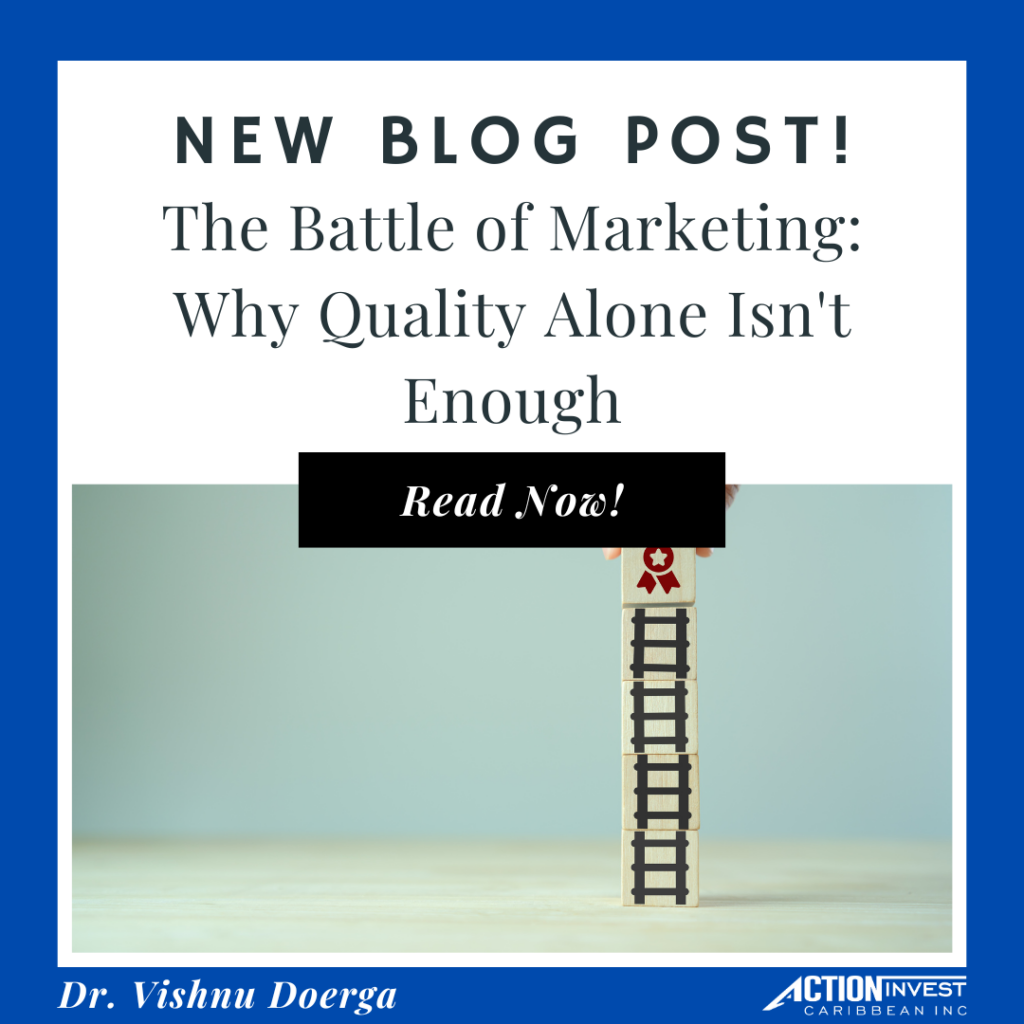In the crowded marketplace of today, the choice is often between two similar products, two competing services, or two options fighting for the attention of the same audience.
Movie or concert?
Sporting event or a relaxing day of golf?
Netflix series or a good book?
These choices aren’t made in isolation—they are outcomes of marketing battles happening behind the scenes. Understanding this game is key to winning it. And if there’s one critical lesson I’ve learned about marketing over the years, it’s that the best solution doesn’t always win—sometimes, it’s the one with the better strategy and deeper pockets that comes out on top.
The concept that “whoever can spend the most wins in marketing” is a hard pill to swallow, but it’s the reality in many situations. However, what I’d like to emphasize is that this is true only in cases of “like-for-like solutions.” If you’re selling remodeling services and another company is selling cars, their marketing spend is irrelevant to your success because the products don’t compete directly.
But if you’re in a market where the solution you offer is similar to someone else’s—like entertainment options, cars, or even technology solutions—then your ability to outspend and out-market can make all the difference. That’s where the classic marketing funnel, known as AIDA (Attention, Interest, Desire, Action), comes into play, and how much you’re willing to invest in capturing your audience’s attention can make or break your product’s success.
In the entertainment industry especially, quality often isn’t enough on its own. For every surprise hit like Paranormal Activity, there’s another well-made film that never finds its audience due to inadequate marketing. Think about movies like Blade Runner 2049, The Nice Guys, or Children of Men. These films were incredibly well-crafted, with strong storytelling and visionary direction, but they underperformed at the box office. The reason? They didn’t receive the marketing push they needed, and as a result, were eclipsed by other releases that had more attention-grabbing campaigns.
The lesson here is simple but vital: if you’re in a competitive space, having the best product or solution alone isn’t enough. The company that understands its Customer Acquisition Cost (CAC), drives the highest lifetime value from its clients, and knows how to out-market its competition often wins the game, even if the product isn’t superior. Marketing is about creating the right perception and making your audience aware of the value you bring to the table.
Reflecting on my own journey, one of my earlier mistakes was underestimating the power of strategic marketing. I focused on perfecting the product, on making sure the service was the best it could be. And while that’s commendable and ultimately crucial for retaining clients, I missed out on the fact that a great product without great marketing is like a brilliant idea locked in a safe—worthless if no one can access it.
So here’s my advice: don’t make the mistake I did. Don’t underestimate marketing, and never assume that quality will speak for itself. Quality needs a voice—and marketing is that voice. If you are in a battle of similar products, the company that spends wisely, targets efficiently, and stays top of mind will win. Always look at the full picture: the product, the market, and the strategy to connect the two.
